The theme of this event is Illustrating Chapbooks. This is a FREE event and booking is available HERE.
This event is run in conjunction with ArtsFest at the University of Wolverhampton.
PROGRAMME
DAVID ATKINSON, Illustrating bellmen’s and lamplighter’s sheets. Large, illustrated, broadside sheets of verses were distributed by parish officials to householders during the Christmas/New Year season from the seventeenth to the nineteenth centuries, in the hope of soliciting gratuities or ‘Christmas boxes’. Numbers of these sheets are dated, making it possible to sketch in their history. The earliest, and also those that survive in the greatest numbers, are bellman’s sheets. The illustrations evolved over the centuries and here we will look at examples from the generic images of the early sheets, the standard repertoire of biblical scenes, to scenes of Victorian domesticity and public life. DAVID is the author of The Ballad and its Pasts: Literary Histories and the Play of Memory (2018), The Anglo-Scottish Ballad and its Imaginary Contexts (2014), and The English Traditional Ballad: Theory, Method, and Practice (2002). He has co-edited (with Steve Roud) A Notorious Chaunter in B Flat and Other Characters in Street Literature (2022), Printers, Pedlars, Sailors, Nuns: Aspects of Street Literature (2020), Street Literature and the Circulation of Songs (2019), Cheap Print and the People: Popular Culture in the European Perspective (2019), Street Literature of the Long Nineteenth Century: Producers, Sellers, Consumers (2017), and Street Ballads in Nineteenth-Century Britain, Ireland, and North America (2014), (with Andrew C. Rouse) Ethnic Mobility in Ballads (2017), and (with Ian Russell) Folk Song: Tradition, Revival, and Re-Creation (2004). He is the editor of Folk Music Journal and Executive Secretary of the Kommission für Volksdichtung (Ballad Commission).
IAIN BEAVAN, The Knotty Problems of Chapbook Woodcuts; or, How to Go Round and Round in Circles, Iain is Emeritus Keeper of Rare Books, This paper offers no answers to the questions and problems outlined, but rather tries to bring into focus some of the rather intractable issues relating to how chapbook images are seen or, put another way, what they are taken to mean. Chapbook woodcuts provoke some difficult questions relating to techniques of pictorial representation. Does it matter, for example, if perspective is poorly executed - if at all? And then we have questions of meaningfulness. What is a particular woodcut a depiction of, and how does it achieve that? But all that provisional answers to these questions manage to do, is to summon up even more fundamental issues that relate, ultimately, to intention. Woodcuts are not indiscriminate scratches on a plank of wood, but are attempts to create a representation. They were both purposefully created and used. But with what intention, whose intention, and when? Can these intentions become diluted or superseded, or are there layers of intention? And does an individual viewer’s’s imagination have more free play than when looking, say, at a piece of art in a gallery? IAIN is emeritus Keeper of Rare Books, Aberdeen University, and Honorary Research Fellow, School of Critical Studies, Glasgow University. He has written extensively on the Scottish book trade, concentrating, more recently on chapbooks and popular print with published pieces in the Journal of the Edinburgh Bibliographical Society (2017), Publishing History (2019), the Scottish Literary Review, (2019), and the Burns Chronicle, (2022). He is currently trying to get to grips with some of the more theoretical issues relating to (a) the relationship(s) between text and image in chapbooks and (b) what underlies our seeing woodcuts as depictions at all.

